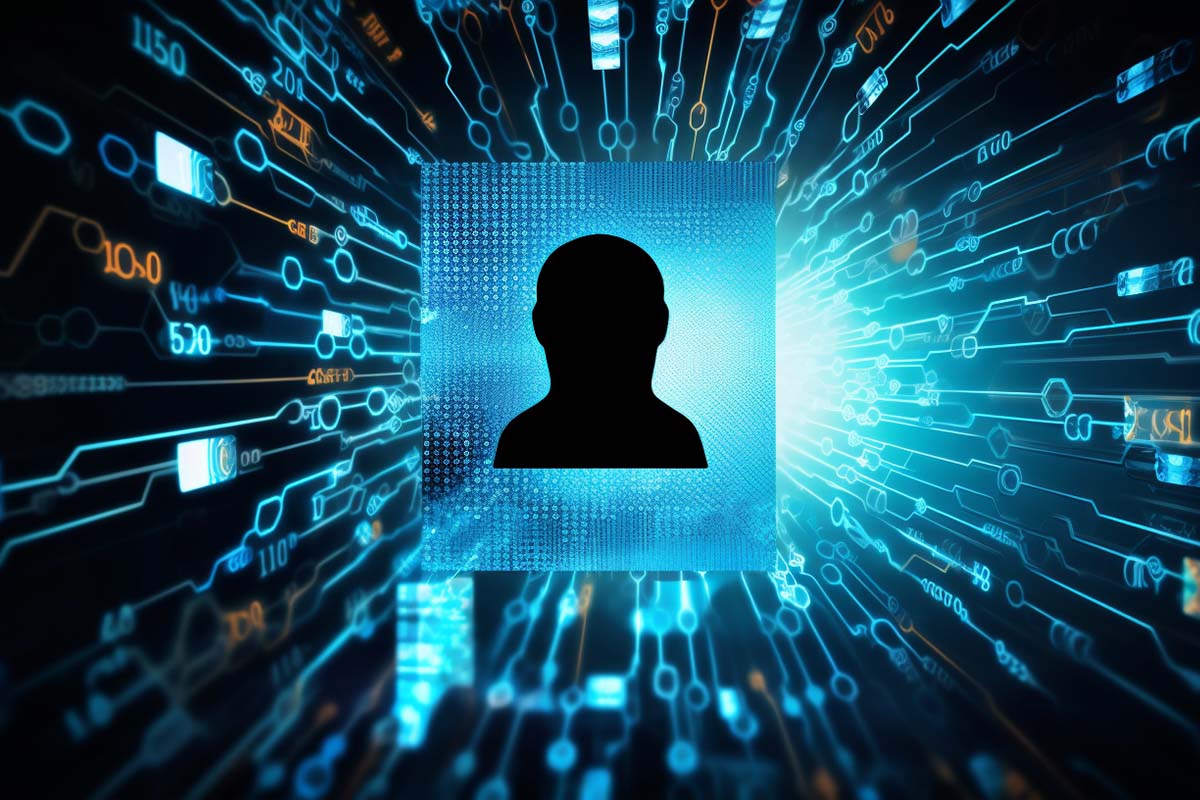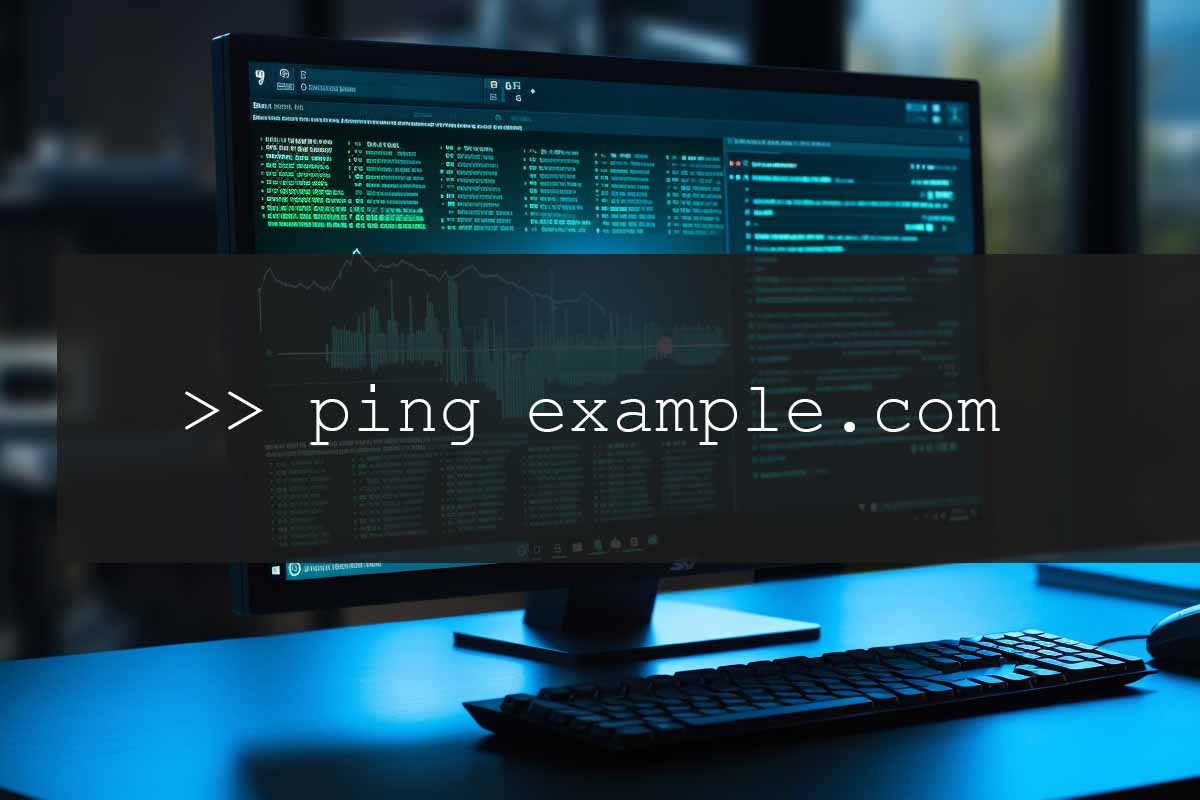The Ins and Outs of PII: A Primer on Digital Identity Safety
In the cyber realm, PII data security, or Personally Identifiable Information, isn’t just another acronym to add to the ever-growing tech glossary—it’s the digital DNA that uniquely identifies you in the vast virtual ecosystem. As we venture deeper into the age of information, the significance of PII protection in cybersecurity has skyrocketed, much like the stock prices of tech giants during a gadget release week.
Data Security : Mastering PII Protection in Cybersecurity
Delve into the critical area of Data Security, with a focus on safeguarding Personal Identifiable Information (PII). Designed for individuals seeking to strengthen their understanding and skills in protecting sensitive data, the course is structured into four detailed modules, each addressing specific aspects of data security.
What Exactly Is PII? Decoding the PII Data that Defines You
So, what is PII? In simple terms, PII is the data that, when pieced together, can pinpoint you in a line-up of internet users. It’s the breadcrumbs you leave behind while digitally gallivanting—from your email address to that phone number you input with a sigh every time you sign up for a new service.
Commonly recognized items that are considered to be Personally Identifiable Information (PII):
- Full name (if not common)
- Home address
- Email address
- Social security number
- Passport number
- Driver’s license number
- Credit card numbers
- Date of birth
- Place of birth
- Telephone number
- Login details and passwords
- Employee identification number
- Taxpayer identification number
- Health insurance beneficiary number
- Account numbers (bank accounts, investment accounts)
- Medical records
- Educational records
- Biometric records (fingerprints, retina scans, etc.)
- Military records
- Travel records (including travel itineraries and hotel stays)
- Web cookies
- IP address (when linked with other personal information)
- Internet search history (when combined with identifying information)
- Geolocation data
- Digital images, videos, and audio recordings that include identifiable individuals
- Vehicle registration details
- Facial recognition data
This list is not exhaustive, as the definition of PII data can vary depending on legal context and the specific data collected. Additionally, any information that can be used to deduce or infer other personal information can also be considered PII.
The A to Z of PII Data: A List You Don’t Want Public
What constitutes PII data might seem as clear as your reflection in a brand-new tablet screen. However, it’s not just your social security number or your driver’s license details. It’s a comprehensive personal information list including, but not limited to, your full name, address, and yes, even that email address you created in a fit of fandom for your favorite childhood band.
The Cybersecurity Twist: PII’s Role in Safeguarding Your Virtual Self
In the context of cybersecurity, PII data takes center stage. It’s the lead actor in the drama of digital protection, where the plot thickens with each new data breach headline. Understanding what is considered PII is crucial because, in the wrong hands, this information can be the key to unlocking your digital life.
Crafting a Culture of Compliance: The PII Data Compliance Saga
When it comes to PII compliance, think of it as the rulebook for a game where the stakes are your digital identity. Organizations and individuals alike must understand the significance of PII data meaning and adhere to regulations that are as strict as the password requirements that make you include an uppercase letter, a symbol, and the first letter of the ancient Sumerian alphabet.
The PII Puzzle: Which Information Pieces Fit Together?
Defining PII data isn’t just about listing off data types like a robot reciting its programming. It’s about recognizing which pieces of information, when combined, can reveal your identity as clearly as a high-definition image on the latest smartphone.
The combination of different types of Personally Identifiable Information (PII) can create a more precise identification profile for an individual. Some common example combinations that would make someone more identifiable include:
- Full Name and Address: This classic combo is like the username and password of the real world—it can lead directly to your doorstep, both physically and in a data sense.
- Date of Birth and Place of Birth: Together, these can often be used to validate identity and are frequently used security questions, although they’re as secure as a screen door on a submarine when exposed.
- Social Security Number and Full Name: This is the golden key of identity. With these two, an identity thief could impersonate you more effectively than a celebrity impersonator in Vegas.
- Driver’s License Number and Photo: Like peanut butter and jelly, these two are a classic pair for confirming someone’s identity, and just as sticky if they fall into the wrong hands.
- Credit Card Number and Security Code: This combo is a one-way ticket to financial fraud, much like finding a ‘free iPad’ link that’s too good to be true.
- Email Address and Password: The bread and butter of digital identity, this combination can unlock the gates to your online life, and let’s be honest, that’s pretty much your whole life.
- Medical Records and Social Security Number: This can give someone enough information to impersonate you at a medical facility or for insurance purposes, leading to both financial and health-related fraud.
- Biometric Data (e.g., Fingerprint or Retina Scan) and Name: This high-tech PII combo is like the modern lock and key of your personal data vault.
- Employment History and Educational Records: These can paint a pretty detailed picture of your professional life, making background fraud as easy as a copy-paste job.
- Phone Number and Address: With these two, someone could not only contact you but also figure out where you live, turning telemarketing into a whole new ball game.
Remember, any individual piece of PII can be potentially harmful if exposed, but when combined, they can create a comprehensive identity profile that could be exploited for nefarious purposes. It’s like Voltron, the more pieces you put together, the more powerful it becomes—except it’s not fighting for justice but jeopardizing your privacy.
Email and Phone Numbers: Are They PII Data or Just Casual Details?
Is email PII? Is a phone number PII? You bet they are! In the information age, these are not just ways to contact you for a friendly chat. They’re potential keys to your personal and financial kingdoms, which is why treating them with the same care as you would a master password is essential.
Data Security : Mastering PII Protection in Cybersecurity
Delve into the critical area of Data Security, with a focus on safeguarding Personal Identifiable Information (PII). Designed for individuals seeking to strengthen their understanding and skills in protecting sensitive data, the course is structured into four detailed modules, each addressing specific aspects of data security.
The Blueprint for PII Data Protection: From Theory to Practice
Knowing the examples of PII is one thing, but putting that knowledge into practice is like upgrading from a flip phone to the latest smart device—it’s a game-changer. PII protection is an active process, a commitment to consistently mask your digital footprints, whether you’re shopping online or merely browsing.
PII Data Protection: Your Actionable Cybersecurity Checklist
To wrap this up with a neat little encrypted bow, protecting your PII data isn’t just about being savvy; it’s about being proactive. So, update those passwords, watch what you share on social media, and remember, in the cyber world, sharing is not always caring—especially when it comes to your PII.
Freqently Asked Questions About PII data
What is PII Data and why is it important to protect it?
PII stands for Personally Identifiable Information, which is any data that could potentially identify a specific individual. It’s crucial to protect PII to prevent identity theft, fraud, and other privacy breaches that could have severe financial and personal implications.
Can PII be shared without consent?
Generally, PII should not be shared without the individual’s consent due to privacy laws and regulations, such as GDPR in Europe or HIPAA in the United States. Unauthorized sharing of PII can result in legal penalties and damage to an organization’s reputation.
How should PII be stored and transmitted securely?
PII should be stored using strong encryption methods and only transmitted over secure channels, such as HTTPS. Access to PII should be restricted to authorized personnel only, and regular audits should be conducted to ensure compliance with data protection standards.
What should I do if my PII is exposed in a data breach?
If your PII is exposed, immediately change any compromised passwords, monitor your financial accounts for unusual activity, consider a credit freeze, and report the breach to the relevant authorities. Staying proactive is key to minimizing potential damage.
How is PII different from sensitive PII, and does it require additional precautions?
Sensitive PII includes information which, if disclosed, could result in harm to the individual, such as medical records or social security numbers. It requires additional safeguards, such as stricter access controls and enhanced encryption, due to the increased risk of harm from its exposure.

























